Arthur J. Baroody - Fostering Childrens Mathematical Power: An Investigative Approach To K-8 Mathematics Instruction
Here you can read online Arthur J. Baroody - Fostering Childrens Mathematical Power: An Investigative Approach To K-8 Mathematics Instruction full text of the book (entire story) in english for free. Download pdf and epub, get meaning, cover and reviews about this ebook. year: 1998, publisher: Routledge, genre: Children. Description of the work, (preface) as well as reviews are available. Best literature library LitArk.com created for fans of good reading and offers a wide selection of genres:
Romance novel
Science fiction
Adventure
Detective
Science
History
Home and family
Prose
Art
Politics
Computer
Non-fiction
Religion
Business
Children
Humor
Choose a favorite category and find really read worthwhile books. Enjoy immersion in the world of imagination, feel the emotions of the characters or learn something new for yourself, make an fascinating discovery.

- Book:Fostering Childrens Mathematical Power: An Investigative Approach To K-8 Mathematics Instruction
- Author:
- Publisher:Routledge
- Genre:
- Year:1998
- Rating:4 / 5
- Favourites:Add to favourites
- Your mark:
Fostering Childrens Mathematical Power: An Investigative Approach To K-8 Mathematics Instruction: summary, description and annotation
We offer to read an annotation, description, summary or preface (depends on what the author of the book "Fostering Childrens Mathematical Power: An Investigative Approach To K-8 Mathematics Instruction" wrote himself). If you haven't found the necessary information about the book — write in the comments, we will try to find it.
Arthur J. Baroody: author's other books
Who wrote Fostering Childrens Mathematical Power: An Investigative Approach To K-8 Mathematics Instruction? Find out the surname, the name of the author of the book and a list of all author's works by series.

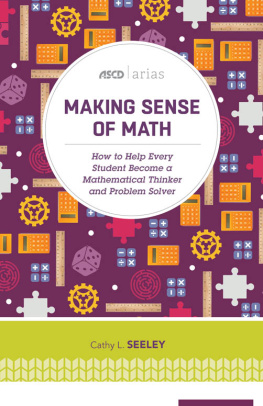
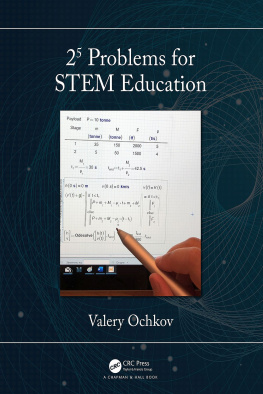
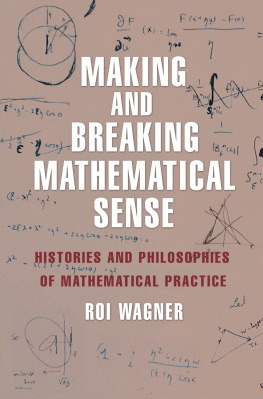
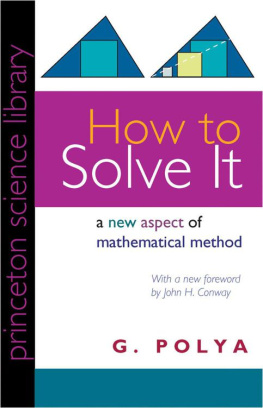
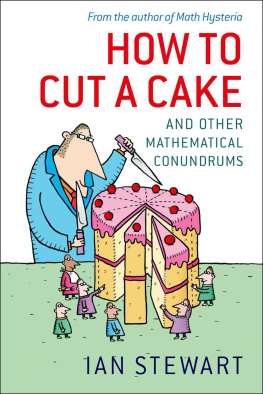
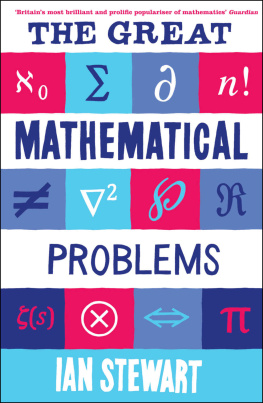
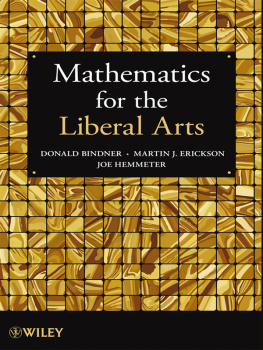
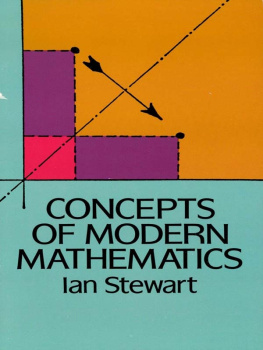

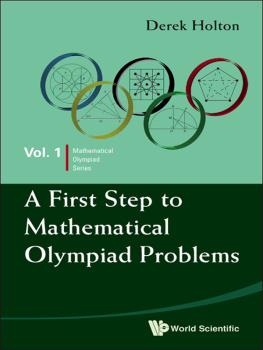
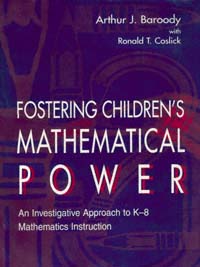
 A pen point indicates a teaching tip.
A pen point indicates a teaching tip. A check indicates an assessment tip.
A check indicates an assessment tip. An apple indicates an Activity File or instructional activitya classroom-tested activity for actively involving students. Each activity file indicates:
An apple indicates an Activity File or instructional activitya classroom-tested activity for actively involving students. Each activity file indicates:  process and/or content goals,
process and/or content goals,  A calculator symbol indicates a calculator-based activity or resource.
A calculator symbol indicates a calculator-based activity or resource. The computer monitor indicates a computer-based activity or resource.
The computer monitor indicates a computer-based activity or resource. A book indicates an activity based on children's literature or an example of children's literature that involves mathematics.
A book indicates an activity based on children's literature or an example of children's literature that involves mathematics. The pencil indicates a writing activity.
The pencil indicates a writing activity. The black box indicates a problem, all of which can be used or adapted for use in the elementary grades.
The black box indicates a problem, all of which can be used or adapted for use in the elementary grades. The aid symbol, a cross, indicates a general problem-solving aid or helper.
The aid symbol, a cross, indicates a general problem-solving aid or helper. The four-pointed star indicates an elaboration or extension of a problem.
The four-pointed star indicates an elaboration or extension of a problem. Challenges are dispersed throughout this guide. These prompt readers to solve a mathematical problem found in the text, to answer pedagogical questions related to the text, or to consider how ideas are connected.
Challenges are dispersed throughout this guide. These prompt readers to solve a mathematical problem found in the text, to answer pedagogical questions related to the text, or to consider how ideas are connected. Probes involve (a) pondering a mathematical concept, procedure, or formula; (b) reflecting on personal experiences or knowledge; (c) analyzing and evaluating children's thinking, common learning difficulties, curriculum materials, or teaching practices; or (d) solving mathematical or pedagogical problems.
Probes involve (a) pondering a mathematical concept, procedure, or formula; (b) reflecting on personal experiences or knowledge; (c) analyzing and evaluating children's thinking, common learning difficulties, curriculum materials, or teaching practices; or (d) solving mathematical or pedagogical problems. Investigations introduce mathematical problems, games, and activitiesany of which can be used or adapted for elementary instruction. Some introduce material by means of guided discovery learning and double as a lesson plan you can follow with your own class.
Investigations introduce mathematical problems, games, and activitiesany of which can be used or adapted for elementary instruction. Some introduce material by means of guided discovery learning and double as a lesson plan you can follow with your own class. Some Instructional Resources provide a small sample of commercially available resources, including curriculum materials; books describing math projects, activities, or games; and references on the teaching and learning of mathematics.
Some Instructional Resources provide a small sample of commercially available resources, including curriculum materials; books describing math projects, activities, or games; and references on the teaching and learning of mathematics. Tips on Using Technology teaching suggestions about using calculators, computers, and videotapes in mathematics instruction and technology-related resources.
Tips on Using Technology teaching suggestions about using calculators, computers, and videotapes in mathematics instruction and technology-related resources.